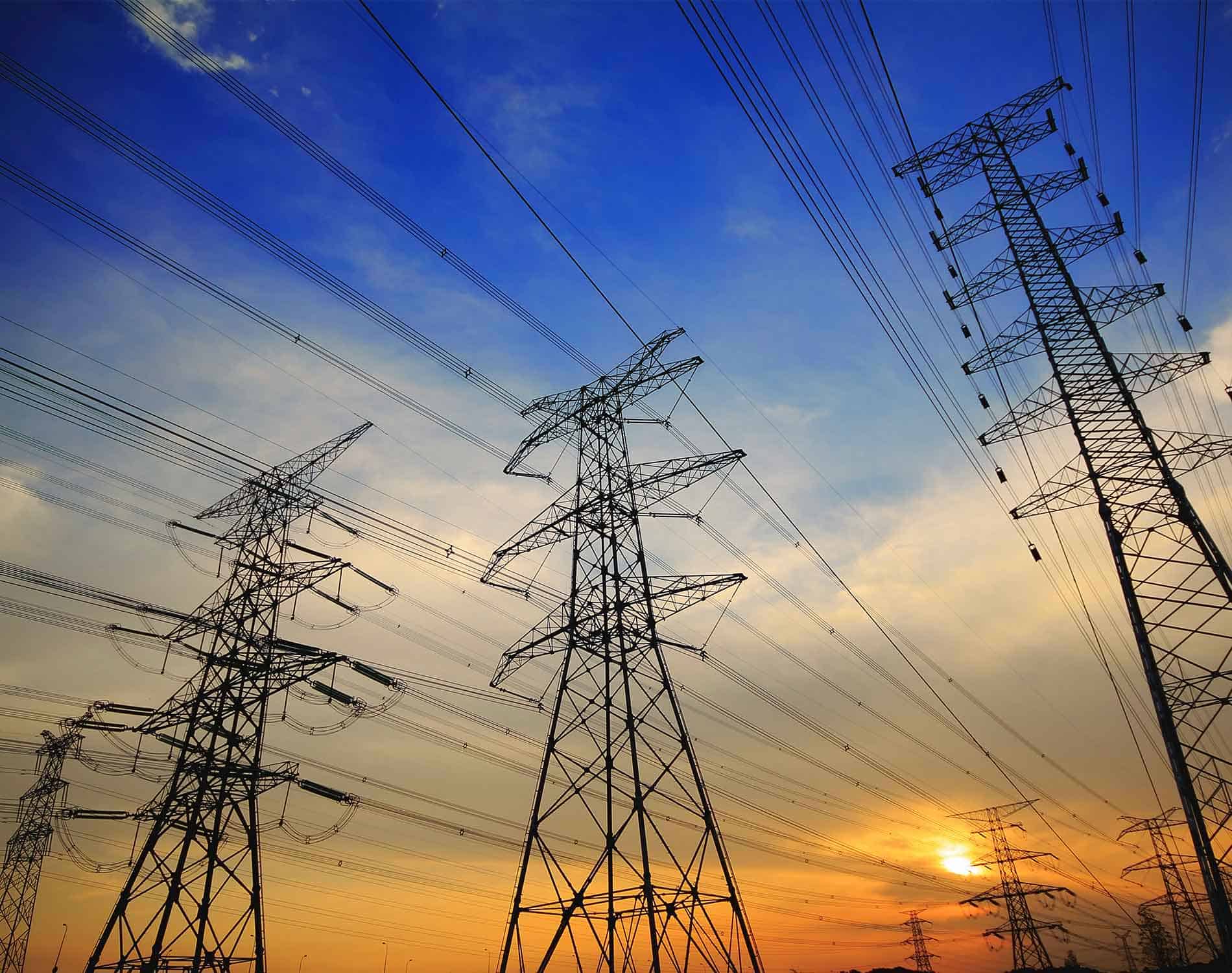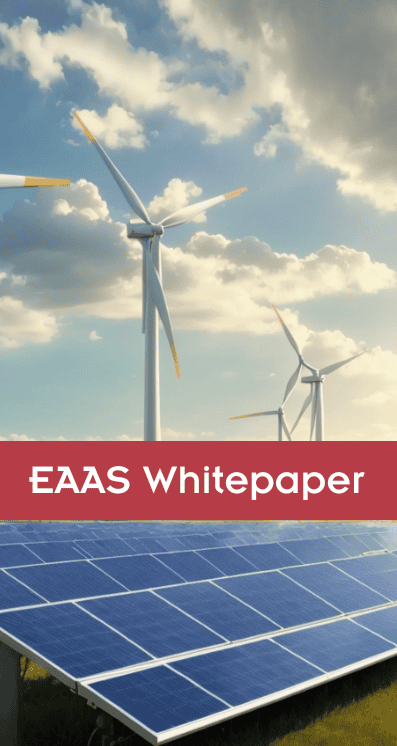Empowering Resilience: Harnessing Localized Power Solutions to Combat Power Cuts

In an era heavily reliant on electricity, power outages or blackouts can disrupt everyday life, affecting businesses, essential services, and households. However, emerging energy solutions like microgrids provide a beacon of hope amidst these challenges. Microgrids, with their localized power generation and distribution capabilities, are revolutionizing the way cities, MUD’s and developers are beginning to address power cuts. In this blog, we explore how microgrids contribute to enhancing grid resilience and mitigating the impact of power outages, offering five compelling reasons why they are a game-changer in ensuring uninterrupted power supply.
- Energy Resilience:
Microgrids bolster energy resilience by acting as standalone power systems during power cuts. By utilizing a combination of renewable energy sources, energy storage systems, and backup generators, microgrids can operate independently from the main grid. This independence enables them to sustain power supply to critical loads, such as hospitals, emergency services, and essential infrastructure, ensuring uninterrupted operations and improving overall grid stability.
- Load Balancing and Demand Response:
One key advantage of microgrids is their ability to optimize energy usage and balance the load during blackouts. Advanced energy management systems within microgrids allow for efficient allocation of available energy resources. By prioritizing critical loads and utilizing stored energy from batteries or backup generators, microgrids can dynamically respond to fluctuations in energy demand, minimizing the impact of power outages on businesses and households.
- Quick Restoration:
Microgrids offer swift power restoration capabilities after power failures. By isolating themselves from the main grid during outages, microgrids can swiftly disconnect and reconnect, providing localized power supply to the affected areas. This rapid recovery reduces downtime and enhances the overall reliability of the energy supply, enabling customers to resume operations quickly and minimizing the inconvenience caused to communities.
- Integration of Renewable Energy:
Microgrids are key facilitators in the integration of renewable energy sources, such as solar panels and wind turbines. By harnessing clean and sustainable power generation at a local level, microgrids reduce dependence on centralized power plants and fossil fuels. This not only helps combat climate change but also ensures a more resilient energy infrastructure. During power cuts, microgrids can rely on stored renewable energy and reduce the carbon footprint associated with backup generators.
- Grid Support and Scalability:
Microgrids can also play a crucial role in supporting the main grid during emergencies. By operating in coordination with the grid, microgrids can export excess power back to the main grid, alleviating stress during peak demand periods or when the grid is strained. This two-way interaction improves the overall efficiency and stability of the grid, making it more resilient and scalable to meet future energy demands.
In a world increasingly susceptible to power shortages, microgrids emerge as transformative solutions, offering a localized and resilient approach to power generation and distribution. Through their ability to sustain power supply during outages, optimize energy usage, and seamlessly integrate renewable energy, microgrids ensure uninterrupted operations, reduce environmental impact, and build a more resilient energy infrastructure. By harnessing the power of microgrids, we can overcome power cuts, empower communities, and embrace a future powered by reliable and sustainable energy solutions.


